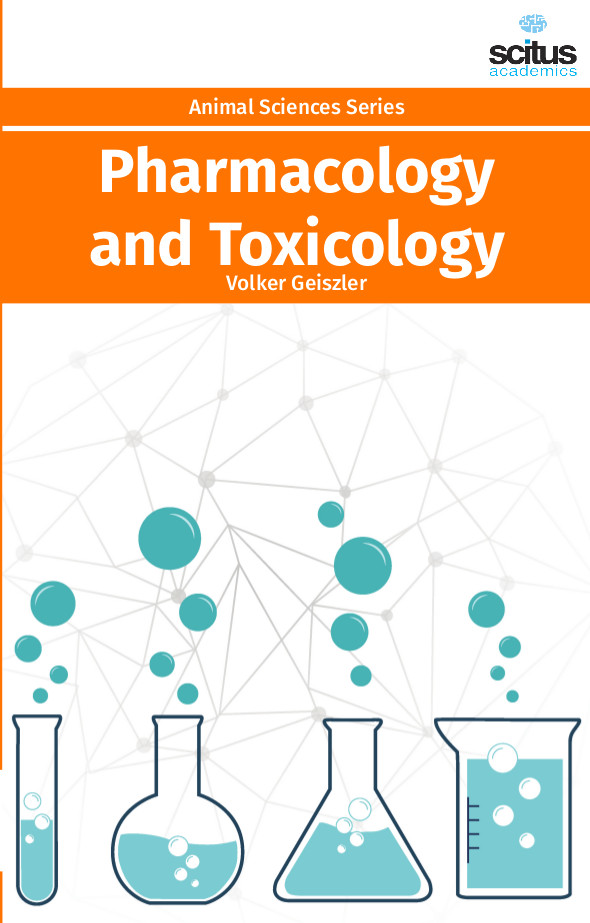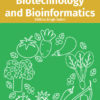Veterinary pharmacology and toxicology are being increasingly recognized as important disciplines and were also rapidly changing and evolving in the mid-twentieth century. By the mid-1950s, pharmacology and toxicology were a highly active area of veterinary medicine; veterinary pharmacology and toxicology emerged as new disciplines, closely related, because they were involved in developing new compound, particularly new antimicrobials and antiparasitics to control infection diseases, and analgesic/non-steroidal anti-inflammatory drugs affecting different animal species. By the mid-1950s, veterinary toxicology was a highly active area of veterinary medicine. Toxicology was once the science of poisons and intoxication, but currently toxicology should be regarded as the “science of safety” because it is essential in ensuring safety of food, feed, drugs, pesticides, and industrial products used in daily life.
This volume ‘Pharmacology and Toxicology’ presents research studies in comparative pharmacology, clinical veterinary pharmacology and other aspects of pharmacology of interest to the veterinary profession. Biochemical and molecular interactions were discussed, and the tools of other disciplines were brought to focus upon the problems of domestic animal poisonings. It is primarily intended to students in pharmocology and veterinary nurses; it focuses on the practical application of knowledge and encourages a problem-solving approach by introducing a discussion of the potential uses of drugs and exploring a variety of therapies. It illustrates the more complex areas of pharmacology and aid comprehension of the general action mechanisms of the various drugs discussed. Complicated concepts are presented in a user-friendly way to maximize understanding. An understanding of mechanisms, potential benefits, and risks of antidotes is essential for clinicians who manage poisoned animals.













